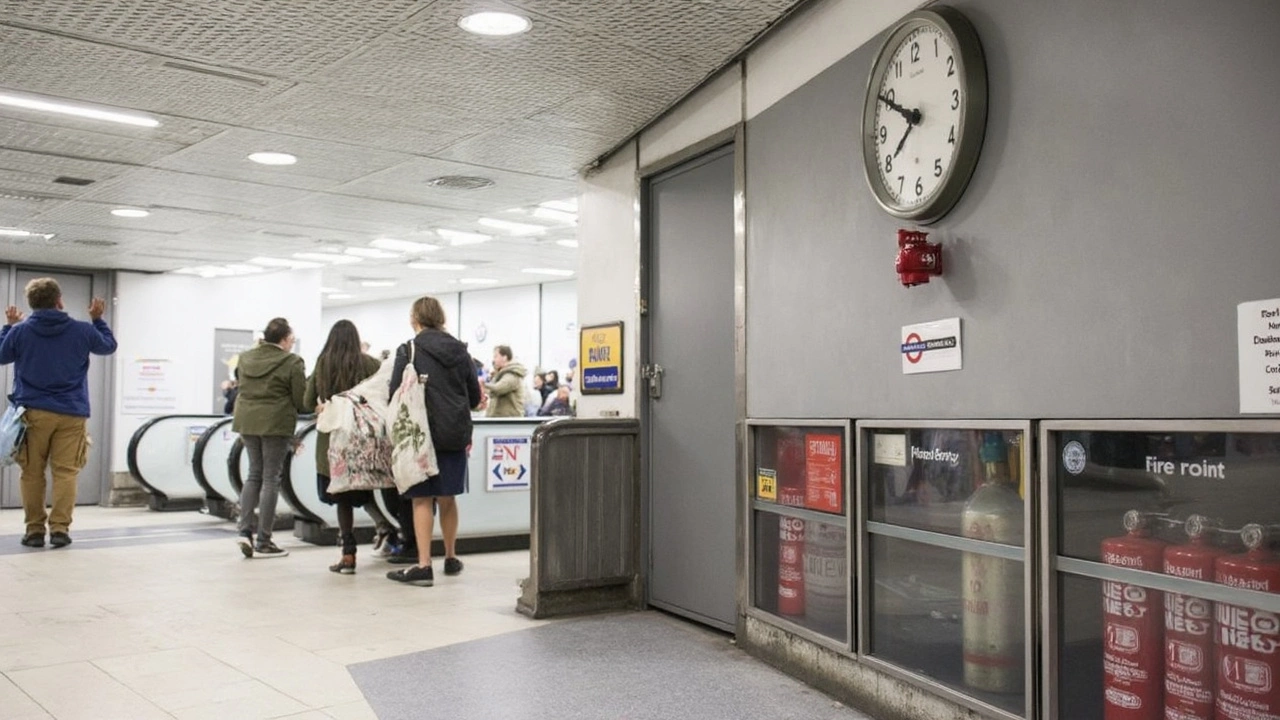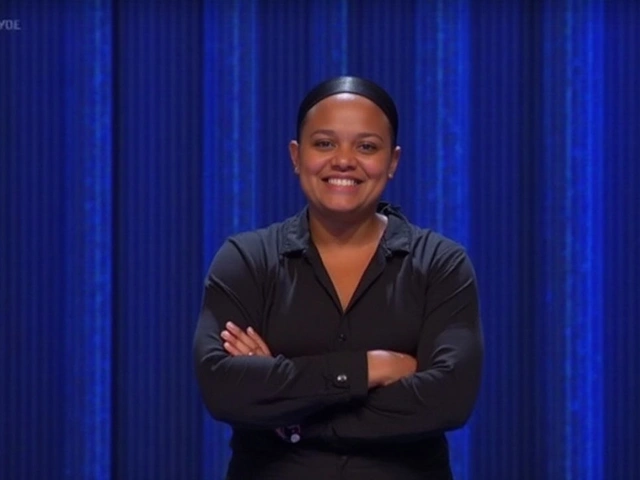Emergency Response Essentials for Sports Coaches and Events
When you're running a practice or a big game, the last thing you want to think about is an emergency. But a quick plan can be the difference between a minor hiccup and a serious incident. Below are the basics every coach in New York should have in their back pocket.
1. Build a Simple Action Plan
Start with a one‑page sheet that lists the most likely emergencies – sprains, heat illness, choking, and severe injuries. Include the nearest hospital, the phone number for local EMS, and who on your staff can call 911. Keep this sheet in a visible spot on the sidelines and in the locker room.
Assign roles before the first whistle. One person calls emergency services, another fetches the first‑aid kit, and a third directs teammates away from the incident. When everyone knows their job, you avoid the chaos that comes from trying to figure it out on the spot.
2. Keep First‑Aid Ready and Know the Basics
A well‑stocked kit is non‑negotiable. Include bandages, gauze, antiseptic wipes, a CPR mask, and a cold pack. Check the supplies every month – expired items are useless when you need them.
Take a basic first‑aid course and make sure at least two coaches are certified in CPR and AED use. If your venue has an AED, know exactly where it is and practice the steps to retrieve and apply it. A quick shock can save a life, especially in a high‑intensity sport where cardiac events, though rare, are possible.
For heat‑related issues, move the athlete to shade, give water, and monitor their temperature. If symptoms worsen – confusion, vomiting, or loss of consciousness – treat it like a serious emergency and call 911.
3. Communicate With Parents and Players
Before the season starts, send a short briefing to parents about your emergency plan. Let them know who to contact, where the first‑aid kit is, and how you’ll handle incidents. Kids feel safer when they understand the process, and parents appreciate the transparency.
During a game, announce any minor injuries quickly so everyone stays informed. If an emergency occurs, keep a calm tone – panic spreads fast, but calm instructions keep people focused.
4. Practice, Review, and Update
Run a mock drill once every few months. Simulate a sprained ankle, a heat stroke, and a severe bleed. Time how long it takes to call 911, retrieve the AED, and get the athlete to a safe location. The drill will highlight gaps in your plan.
After each season, review incident reports. Did a particular injury happen often? Adjust your warm‑up routine or equipment to reduce the risk. Updating your plan keeps it relevant and effective.
Remember, emergency response isn’t about being a medical expert – it’s about having the right tools, clear roles, and a calm mindset. With these basics in place, you’ll protect your athletes, keep parents at ease, and run smoother events across New York’s busy sports scene.
Kieran Lockhart, May, 2 2025
Kings Cross Evacuation Sparks Major Rail Disruptions and Exposes Emergency Weak Points
A smoke incident forced the evacuation of King's Cross, St Pancras, and Euston stations in London on May 1, 2025, stranding thousands and causing chaos across key rail links. Delays, unclear communication, and overloaded alternative stations put the city's emergency response under scrutiny.
View More




